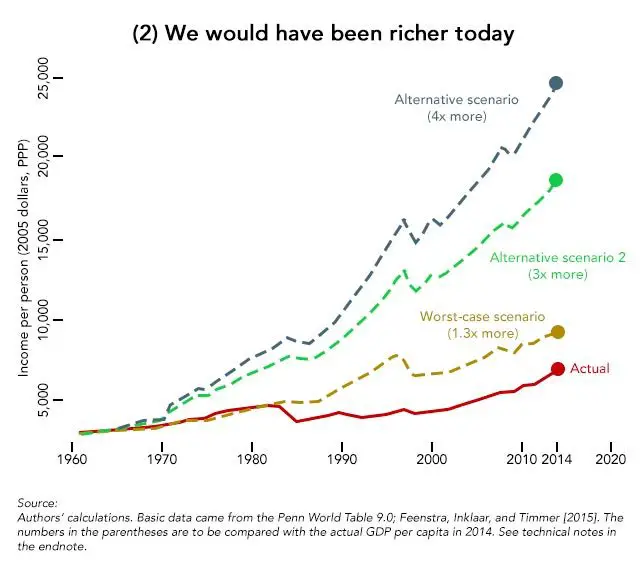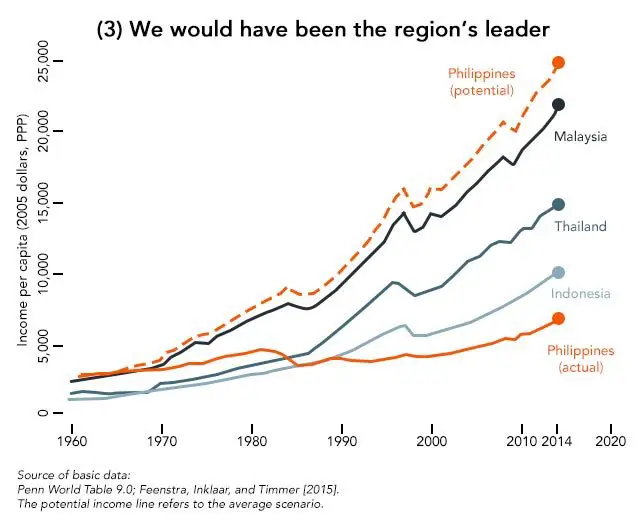Accoring to JC Punongbayan, a Ph.D student at the University of the Philippines School of Economics (UPSE), and Manuel Leonard Albis, an Assistant Professor at the University of the Philippines School of Statistics, Filipinos of present would have been richer if it weren’t for Marcos.
Due to the controversies surrounding the late dictator’s burial at the Libingan ng mga Bayani, numerous debates sparked online regarding the impact of Marcos’ regime today.
Pro-Marcos groups emphasized on the benefits that Filipinos receive today through his acts – including but not limited to – the 13th month pay and a number of infrastructures.
[ads1]
Then again, anti-Marcos groups refute that Filipinos continue to shoulder the billions of debt that the Marcoses amassed and plundered, not to mention the horrendous violations of human rights during the Martial Law and corruption of our nation’s democratic institutions.
Likewise, Punongbayan and Albis argue that even after three decades have passed since Marcos was ousted, his actions still affect us today. Using projections, the two was able to conclude that the average Filipino would have been able to relish an annual income 3 to 4 times larger than what he or she is currently earning if not for Marcos’ bad economic policies and mismanagement.
Using the GDP per capita (income per person) as basis for development, results show that following the debt crisis in the early 1980s, two decades of development was lost.

The figure above shows that the country was placed on a lower income trajectory due to the Marcosian debt crisis and it took over two decades to recover the average Filipino’s income to the 1982 level.
Comparatively, the income of other ASEAN countries increased by 2 to 4 times during our period of recovery.

Meanwhile, the figure above is a comparison of the Philippines’ actual income trajectory (orange trend) and hypothetical scenarios from 1965 to 2014 (blue, green and brown trends). The blue trend is a scenario wherein we replicate the growth of large neighbors such as Malaysia, Indonesia and Thailand from 1965 onwards. The green trend is a more conservative scenario of the blue trend. The brown trend is based on the worst-case scenario wherein our income grows at the same pace as the worst-performing neighbor country.
Results show that the actual income trend was much worse than any of the hypothetical incomes. Figure 2 shows that had we done things differently during 1965 onwards, we would have enjoyed higher incomes today.

The last figure above shows that we would have been the most prosperous country in the ASEAN by 2014. However, we became the “sick man of Asia” due to poor judgment and action by Marcos.
In conclusion, the date reveals that “Ferdinand E. Marcos effectively “stole” the Filipino people’s futures as well by ushering in a full-blown debt crisis and dragging the country to a much lower income trajectory.”
[ads2]
Filipinos today continue to suffer, not only from having lost loved ones during the Martial Law, but for having lost potential incomes due to the impact of Marcos’ regime.
Millenials earning around P30,000 today could have been earning P90,000 to P120,000 today were it not for Marcos.
Source: (rappler.com)
[ads3]


